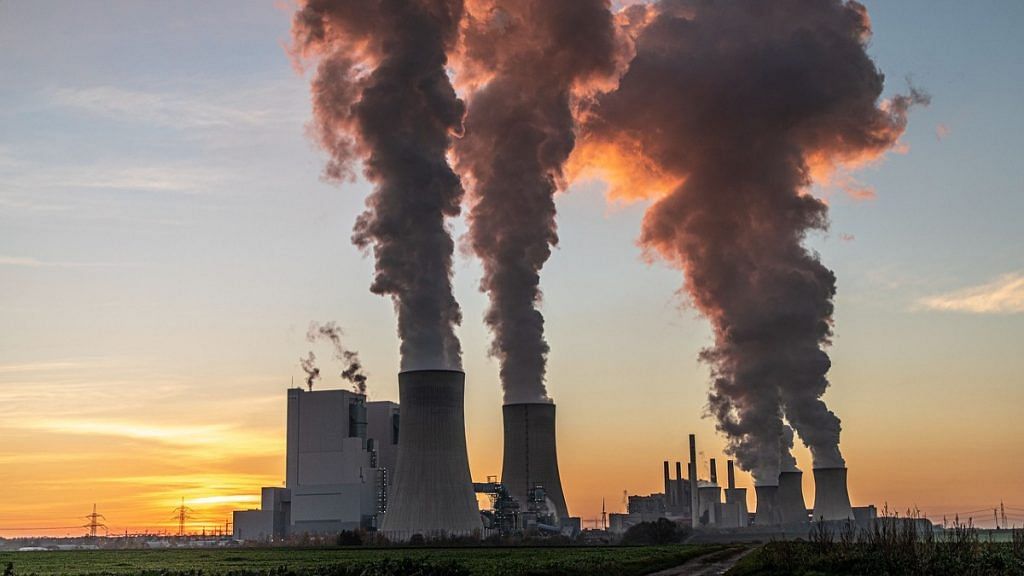New Delhi: India’s transition to carbon neutrality by 2070 could boost annual GDP by 4.7 per cent by 2036 and create 15 million new jobs by 2047, said a fresh report by the New York-based think tank, Asia Society Policy Institute.
Released Friday by the institute’s High-level Policy Commission, the report added that this transition would require at least USD 10.1 trillion in investments. The commission comprised former Australian prime minister Kevin Rudd, former UN general secretary Ban Ki-moon, economist Dr Arvind Panagariya, and Vivek Pathak, global head and director, climate business, International Finance Corporation.
If India’s net zero ambition is brought forward to 2050, annual GDP gains could go as high as 7.3 per cent by 2032, the report said — relying on modelling research by consultancy Cambridge Econometrics and World Resources Institute, a global research non-profit.
According to the report: “By meeting all of its 2030 commitments through various policy packages, India would be very well on its way to reach carbon neutrality by 2070 and decarbonize its economy substantially.”
The report came ahead of the COP27 to be held in Egypt in November this year, where the discussion on achieving global net-zero emissions is likely to continue. At last year’s COP26 in Glasgow, Prime Minister Narendra Modi announced India would achieve net-zero emissions by 2070 — a pledge that has not made its way into India’s official climate goals, or nationally determined contribution (NDC).
The NDC is a climate action plan to cut emissions and adapt to climate change. Under the Paris Agreement — a global accord to keep global warming “well below” 2 degrees — countries must revise their NDCs every five years.
On Friday, India submitted its new set of climate goals to the United Nations Framework Convention on Climate Change (UNFCCC). These include reducing emissions intensity of GDP (the volume of carbon emissions per unit of GDP) by 45 per cent below 2005 levels, and installing about 50 per cent electric power capacity from non-fossil sources by 2030.
Though net-zero does not feature in India’s official submissions to the UNFCCC, it does say that the revised targets are “a step forward towards our long term goal of reaching net-zero by 2070”.
Also Read: ‘Higher capacity turbines, strengthening infra’ — how India can meet its wind energy targets
‘Decarbonisation may lead to higher consumer prices’
The report also found that the benefits of decarbonisation will entail trade-offs. For instance, if the transition is funded only by domestic sources, Indian households would, on average, be worse off.
“Household consumption would be reduced by up to $167 billion by 2060 due to higher product prices and taxes, including carbon taxes, to finance additional investments. Despite the substantial energy savings from decarbonization, the higher consumer prices decrease total consumption,” the report said.
It went further to add that if India and other countries implemented all their current commitments, it would lead to global warming of at least 1.6 degrees celsius.
At the COP26, PM Modi’s announcement of net-zero emissions was accompanied by a demand for at least USD 1 trillion in funding from developed countries in order to help achieve this goal. Developed countries had promised to raise USD 100 billion dollars in climate finance by 2020 — a promise that remains unfulfilled.
(Edited by Amrtansh Arora)
Also Read: How Modi govt’s new energy bill aims to bring carbon trading to India, promote non-fossil fuels
